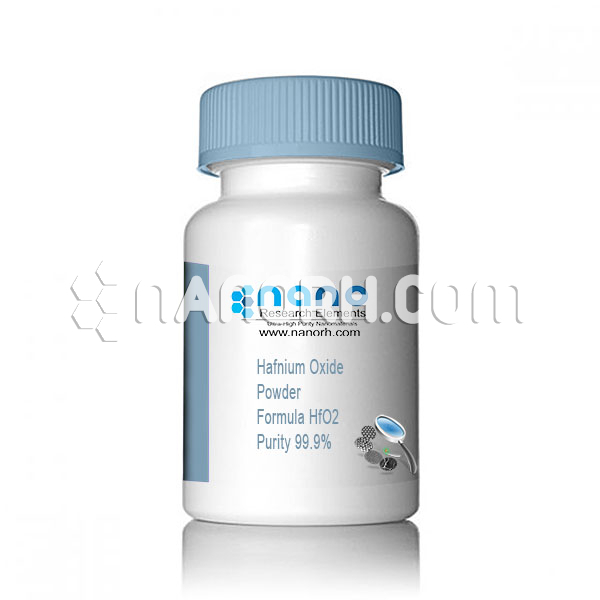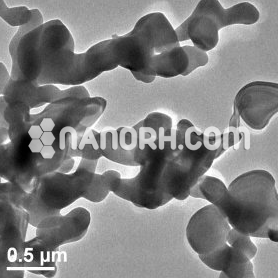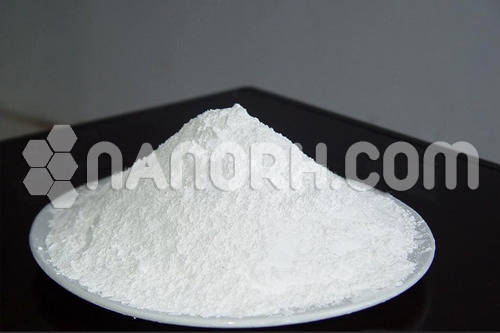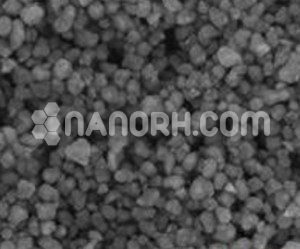| Hafnium Oxide Powder | |
| Product Number | NRE-10025 |
| CAS No. | 12055-23-1 |
| Formula | HfO2 |
| Molecular Weight | 210.49 g/mol |
| APS | <40 µm (Can be Customized) |
| Purity | 99.9% |
| Colour | Off white |
| Density | 9.68 g/cm³ |
| Melting Point | 2,758 °C |
| Boiling Point | 5,400 °C |
Hafnium Oxide Powder
Hafnium oxide (HfO2) is a sort of wideband hole and high dielectric steady of fired materials. Hafnia is utilized as a part of optical coatings, and as a high-k dielectric in DRAM capacitors, future coordinated circuits, as a hard-headed material. Hafnium oxide (HfO2) has been widely examined as a potential contrasting option to silicon dioxide because of its high dielectric consistent and generally high warm dependability as for a silicon surface. Hafnium(IV) oxide is the inorganic compound with the recipe HfO2. Otherwise called hafnia, this drab strong is a standout amongst the most widely recognized and stable mixes of hafnium. It is an electrical protector with a band hole of roughly 6 eV.
Applications
In Semiconductor Industry:
High-k Dielectric Material for Capacitors: Hafnium oxide is widely used as a high-k dielectric material in semiconductors and microelectronics. The high dielectric constant of HfO₂ allows it to be used in capacitors and gate dielectrics in integrated circuits (ICs). This enables smaller, more efficient components with enhanced performance for modern microprocessors and memory devices.
Transistor Manufacturing: Hafnium oxide is used in metal-oxide-semiconductor field-effect transistors (MOSFETs), particularly in the latest generations of logic chips and memory chips. It helps to improve the gate oxide in CMOS technology, allowing for low-power consumption and high-speed operation.
In Nuclear Industry:
Nuclear Reactors: Hafnium has an excellent ability to absorb neutrons, making hafnium oxide powder an essential material in nuclear reactors. It is used in control rods that help regulate the nuclear reaction by absorbing excess neutrons, preventing runaway reactions and ensuring safety. Its high neutron absorption properties make it highly effective in controlling fission rates within the reactor core.
Radiation Shielding: Hafnium oxide is also used in radiation shielding materials to protect personnel and sensitive equipment from ionizing radiation in nuclear power plants and other facilities involving radiation sources.
In Optical Coatings:
Optical Coatings and Thin Films: Hafnium oxide is used in the production of optical coatings, especially for high-performance lenses, mirrors, and windows. Its high refractive index and low optical loss make it ideal for multilayer optical coatings used in lasers, spectroscopy, and imaging systems.
Anti-reflective Coatings: HfO₂ is also used to produce anti-reflective coatings for lenses and displays. Its ability to enhance the transmission of light makes it ideal for camera lenses, glasses, and solar cells.




